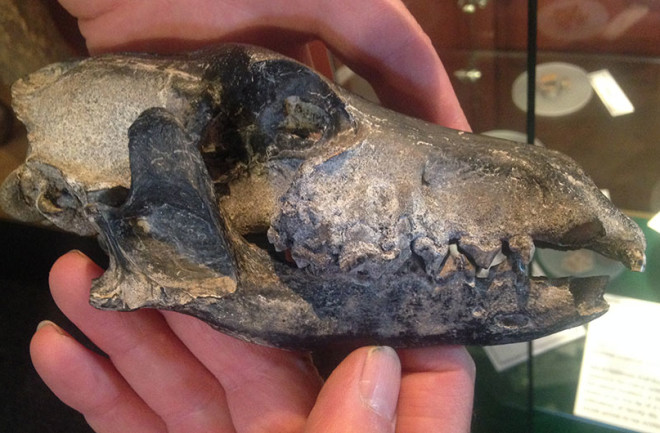(Inside Science) — An unknown population of humans that left few traces on the landscape of the Falkland Islands may have brought large fox-like dogs still present when Europeans first visited the archipelago in the late 17th century.
The Falkland Islands sit roughly 300 miles east of Argentina in the southern Atlantic Ocean. They were uninhabited when English captain John Strong first visited in the late 17th century and weren’t settled until the 1760s or 1770s. Whalers and seal hunters bolstered the area's population in the 19th century, then Argentina and the United Kingdom went through a series of sometimes bloody conflicts over control of the islands over the next two centuries -- a dispute that continues today.







